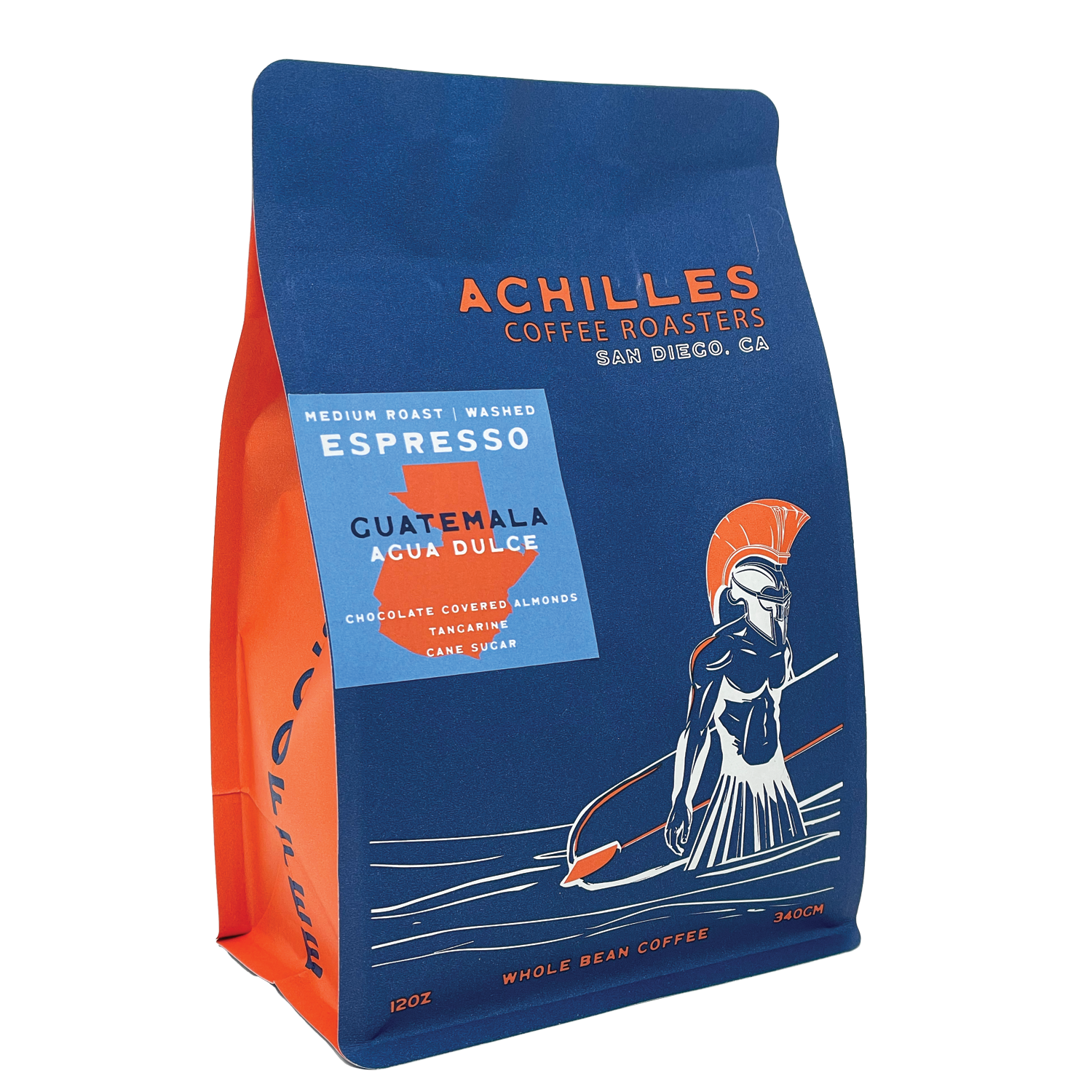Pairing Food and Desserts with SOE Single Origin Espresso
Pairing Food and Desserts with SOE Single Origin Espresso
Blog Article
Coffee Beans 101: Everything You Need to Find Out About Coffee and Blended Coffee Beans
When it comes to coffee, recognizing the nuances of coffee and blended beans can transform your day-to-day cup. From the expanding procedure to roasting methods, every step plays a role in your coffee experience.
Comprehending Coffee Beans: Types and Ranges
When diving into the globe of coffee, recognizing the types and varieties of coffee beans is necessary for every lover. You'll mostly run into 2 major varieties: Arabica and Robusta. Arabica beans are known for their smooth, complicated tastes and reduced caffeine material, making them a preferred amongst coffee aficionados. On the other hand, Robusta beans pack a punch with a more powerful, more bitter preference and greater caffeine levels, often used in espresso blends.
Ethiopian Yirgacheffe uses brilliant flower notes, while Colombian beans supply a healthy flavor account. By familiarizing yourself with these beans and their tastes, you'll elevate your coffee experience and make even more educated selections in your brewing trip.
The Expanding Process: From Seed to Bean
When you discover the journey of coffee, everything starts with seed choice techniques that set the structure for high quality. From there, farming and gathering play crucial duties in making certain the beans flourish. Finally, handling approaches transform those harvested cherries right into the coffee beans you like.
Seed Option Techniques
Picking the right seeds is crucial for generating high-quality coffee beans, as it lays the structure for the entire expanding process. You ought to begin by choosing seeds from reliable sources that prioritize quality and hereditary variety. Look for ranges known to flourish in your certain climate and dirt problems. Focus on the seed's age and storage space problems, as fresh seeds tend to germinate better. When feasible, go with natural seeds to decrease direct exposure to unsafe chemicals. Consider the disease resistance of different ranges, as this can substantially impact your yield. Don't hesitate to consult with regional farmers or professionals to get insights into the best seed choices for your region. This understanding will certainly improve your coffee-growing experience.
Cultivation and Harvesting
As you nurture your coffee seeds right into prospering plants, comprehending the cultivation and harvesting procedure is crucial for accomplishing the best taste and high quality. Start by planting your seeds in well-draining soil, preferably in a shaded location to safeguard them from straight sunlight.
When it comes time to harvest, look for ripe cherries, which usually turn a lively red. Hand-picking is frequently the best approach to guarantee just the ripest cherries are chosen. Timing is crucial; gathering also late or too very early can affect the taste profile of your beans. Accept patience and care, as this is where top quality begins.

Processing Methods Described
When you have actually collected your coffee cherries, the following important step is processing them to transform those vibrant fruits right into the beans you'll brew. In the dry process, you spread the cherries out in the sunlight to completely dry, permitting the fruit to ferment and present unique flavors to the beans. Understanding these methods is key to appreciating your coffee experience.
Toasting Methods: Exactly How Taste Is Created
When it comes to toasting coffee beans, recognizing roast degrees is crucial to revealing their one-of-a-kind tastes. Each roasting technique influences the aroma and enhances the taste growth procedure, offering you a richer coffee experience. Let's explore just how these factors collaborated to boost your daily mixture.
Roast Degrees Described
Roast degrees play a necessary function fit the taste account of your coffee. When you choose a light roast, you'll enjoy brilliant acidity and fruity notes. As you transfer to a tool roast, you'll notice a balance of sweet taste and complexity, usually highlighting chocolate or sugar flavors. Dark roasts, on the various other hand, deliver bold, great smoky qualities with much less level of acidity, making them durable and abundant. Each degree arises from various roasting times and temperature levels, impacting the beans' chemical composition. By understanding these levels, you can much better select a coffee that matches your preference choices. Trying out various roasts to discover which one resonates with you, boosting your general coffee experience and enjoyment.
Impact on Scent
The roast level not just affects the taste of your coffee however likewise significantly impacts its fragrance. When you choose a light roast, you'll typically notice brilliant, floral notes that can make your coffee odor lively and fresh. As the beans moved here dim, the scent changes; a tool roast highlights much more balanced, caramelized scents, while a dark roast has a tendency to feature bold, great smoky touches. Each toasting strategy releases different unpredictable compounds, forming how your coffee smells. Additionally, the freshness of the beans plays an important function; fresh baked coffee launches more aromatic oils, boosting that enticing aroma. Pay focus to the roast degree-- it's key see this site to revealing the full fragrant experience of your brew.
Taste Advancement Process
As you discover the flavor growth process, you'll uncover that roasting techniques play a critical duty in shaping the taste account of your coffee. The roasting temperature and time straight influence the acidity, sweet taste, and anger of the beans. Light roasts retain even more of the bean's initial flavors, highlighting floral and fruity notes.
Coffee vs. Blended Coffee: Secret Differences
Espresso and mixed coffee each deal distinct experiences that satisfy various preferences and preferences. Espresso is a focused coffee brewed forcibly warm water via finely-ground coffee beans, leading to an abundant, vibrant taste and a luscious layer of crema on top. It's usually delighted in as a shot or used as a base for drinks like cappucinos and coffees.
On the various other hand, mixed coffee incorporates various beans from different areas, developing an extra well balanced flavor profile. You'll often discover blends that highlight acidity, sweetness, or body, making them versatile for different developing techniques. While espresso concentrates on strength, blended coffee may supply a broader range of tastes that can alter with each sip.
Eventually, your option between espresso and mixed coffee boils down to your personal choice. Whether you hunger for a leisurely mug or a quick jolt, both options have something delicious to supply.

Brewing Approaches: Unlocking the Perfect Mug
When it concerns brewing coffee, locating the right technique can change your experience and boost your cup. Each developing technique has its one-of-a-kind charm and can greatly impact your coffee's taste and fragrance. Utilizing a French press permits you to appreciate a robust and abundant mixture, while a pour-over technique supplies a clean, brilliant cup with distinctive flavors.
If you choose coffee, investing in a top quality equipment can help you grasp the art of pulling shots. Conversely, for benefit, a single-serve sheath system offers speed without giving up preference.
Don't forget cool mixture, which provides a smooth, less acidic coffee suitable for warm days. Experiment with different techniques to find what reverberates with your taste. Each developing strategy opens up a brand-new globe of opportunities, so put in the time to check out and discover your best cup. Happy brewing!
Sampling Notes: Determining Flavor Profiles
How can you really appreciate your coffee if you don't understand what flavors to look for? Sampling notes are your guide to comprehending the complicated world of coffee. Pay interest to the first tastes that hit your taste when you drink. You may identify fruity notes, like berry or citrus, or probably a nutty touch. As you continue to taste, see just how the tastes evolve-- this is called the "finish." Some coffees may leave a chocolatey or caramel aftertaste, while others might have a bright, tidy finish.
Think about the body of the coffee, as well; is it light and ventilated or thick and syrupy? Do not fail to remember level of acidity; a brilliant acidity can add spiritedness, while a reduced acidity could provide a smoother experience. By recognizing these taste profiles, you'll grow your connection with each cup, making coffee sampling a fascinating trip of discovery.

Tips for Selecting and Keeping Coffee Beans
Saving and choosing coffee beans properly can greatly improve your developing experience. Start by choosing top notch beans that suit your preference. Seek quality; beans baked within the last 2 weeks are ideal. Check the roast go to this website date on the product packaging, and purchase from reliable roasters or neighborhood stores.
As soon as you have your beans, save them in an airtight container to avoid exposure to air, light, and moisture. A dark, great area functions best, so stay clear of maintaining them in the fridge or freezer, as this can introduce dampness. Only grind the amount you need to keep quality; entire beans preserve taste longer than pre-ground coffee.
Last but not least, try to use your beans within 2 to 4 weeks after opening for peak preference. Following these tips will guarantee your coffee stays satisfying and flavorful, elevating your everyday brew to brand-new heights.
Frequently Asked Questions
How Lengthy Do Coffee Beans Remain Fresh After Toasting?
Coffee beans stay fresh for concerning two weeks after roasting - SOE. You need to keep them in an airtight container, away from light and wetness. After that, their flavor and aroma start to lessen significantly
Can I Mix Different Coffee Bean Varieties?
Definitely, you can blend different coffee bean selections! Trying out blends can enhance tastes and produce an unique taste profile. Simply make certain to stabilize the toughness and characteristics of each selection for the finest outcomes.
What Is the Ideal Work Size for Espresso?
For coffee, you'll desire a fine grind dimension, concerning the appearance of table salt. This allows optimal removal, leading to a rich, tasty shot. Experiment a bit to find what matches your taste best!
Just How Does Elevation Affect Coffee Bean Taste?
Altitude affects coffee bean flavor by influencing the growth price and chemical composition. Higher elevations cause slower growth, which improves level of acidity and complexity, offering your coffee a vivid and special preference you won't fail to remember.
Exist Decaffeinated Variations of Espresso Beans?
Yes, there are decaffeinated variations of espresso beans. You can appreciate a rich espresso flavor without the caffeine kick. Simply try to find "decaf" blends at your local coffee bar or specialized store.
Coffee Beans 101: Every Little Thing You Required to Know Concerning Espresso and Blended Coffee Beans.
When diving right into the world of coffee, understanding the kinds and ranges of coffee beans is important for every lover.When it comes to roasting coffee beans, recognizing roast levels is crucial to revealing their one-of-a-kind tastes. Coffee is a focused coffee brewed by requiring hot water with finely-ground coffee beans, resulting in an abundant, vibrant taste and a velvety layer of crema on top.On the other hand, combined coffee combines numerous beans from various regions, creating a much more well balanced taste profile.
Report this page